Learn AWS EKS: Simple Guide for Beginners to Kubernetes on AWS
 Anas
Anas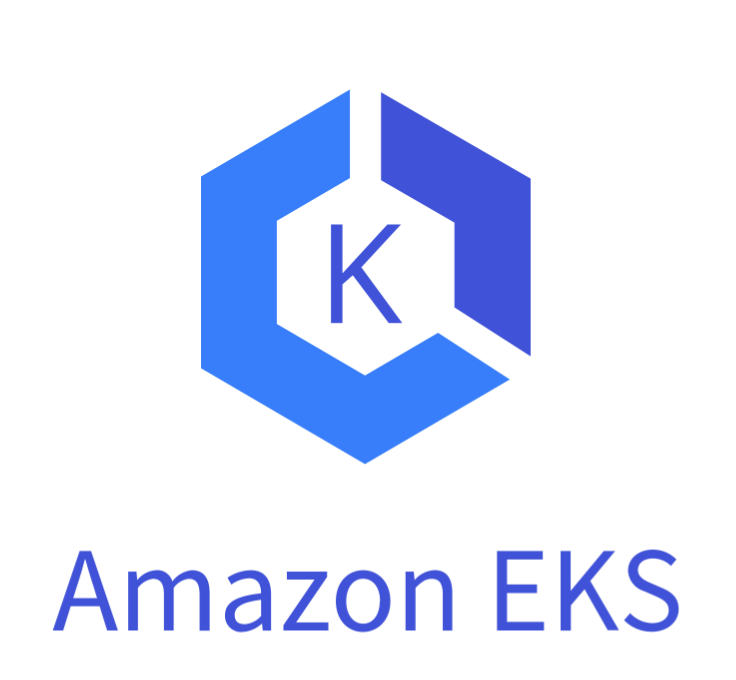
Amazon Web Services Elastic Kubernetes Service (EKS) is a managed container service that allows you to run Kubernetes on AWS without having to manage the underlying infrastructure. With EKS, you can focus on deploying and managing your containerized applications, while AWS handles the heavy lifting of managing the control plane.
What is AWS EKS?
AWS EKS is a managed service that provides a scalable, secure, and highly available way to deploy, manage, and scale containerized applications. With EKS, you can create and manage Kubernetes clusters, deploy and manage containerized applications, and integrate with other AWS services such as Amazon Elastic Container Registry (ECR), Amazon Elastic Load Balancer (ELB), and Amazon CloudWatch.
Key Features of AWS EKS
Managed Control Plane: With EKS, AWS manages the control plane components, such as the API server, scheduler, and controller manager. This means you can focus on deploying and managing your applications, without worrying about the underlying infrastructure.
Scalability: EKS allows you to scale your clusters up or down as needed, and supports both stateless and stateful applications.
Security: EKS provides network policies, secret management, and identity and access management (IAM) integration to ensure secure access to cluster resources.
Integration with AWS Services: EKS integrates tightly with other AWS services, providing a comprehensive container management solution.
Benefits of Using AWS EKS
Simplified Kubernetes Management: With EKS, you can focus on deploying and managing your applications, without worrying about the underlying infrastructure.
Improved Scalability: EKS provides scalable and highly available clusters, allowing you to handle large workloads and sudden spikes in traffic.
Enhanced Security: EKS provides robust security features, such as network policies and secret management, to ensure secure access to cluster resources.
Tight Integration with AWS Services: EKS integrates tightly with other AWS services, providing a comprehensive container management solution.
some basics before dive into eks:
cloud formation service that create and destroy the no of resources.
kubectl - control the k8s cluster
EKSCTL- control EKS cluster - create delete etc
containers are running in the pod
namespace - gives us isolation for other application resources which are running in same k8s cluster
everything in k8s done in manifest file
kubectl is a tool to communicate server to cluster
to make cluster on eks i need cloud formation which make master worker node VPC alb to make cloud formation i need eksctl it use cli
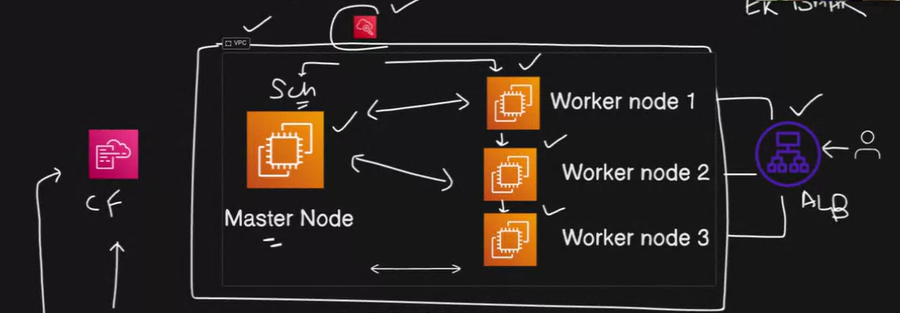
How to make EKS cluster
create aws account
install aws cli
curl "https://awscli.amazonaws.com/awscli-exe-linux-x86_64.zip" -o "awscliv2.zip" sudo apt install unzip unzip awscliv2.zip sudo ./aws/install aws configure

Create IAM user:
go to aws iam console
create a new iam user name eks-admin
attach the “AdministratorAccess” Policy to user
Create Security credentials:
after creating user generate an access key and secret access key for their user
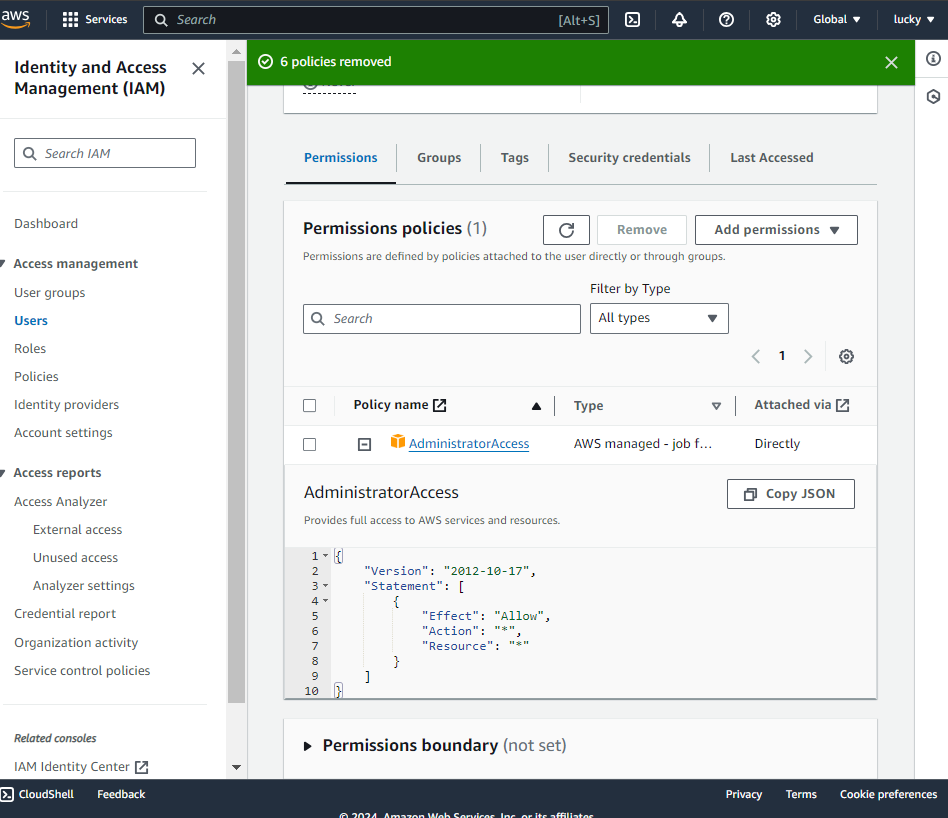
install kubectl
curl -o kubectl https://amazon-eks.s3.us-east-1.amazonaws.com/1.19.6/2021-01-05/bin/linux/amd64/kubectl chmod +x ./kubectl sudo mv ./kubectl /usr/local/bin kubectl version --short --clientinstall eksctl:
curl --silent --location "https://github.com/weaveworks/eksctl/releases/latest/download/eksctl_$(uname -s)_amd64.tar.gz" | tar xz -C /tmp sudo mv /tmp/eksctl /usr/local/bin eksctl version
Steps to Create EKS cluster:
Create EKS Cluster
eksctl create cluster --name=my-cluster \ --region=us-east-1 \ --version=1.30 \ --without-nodegroup
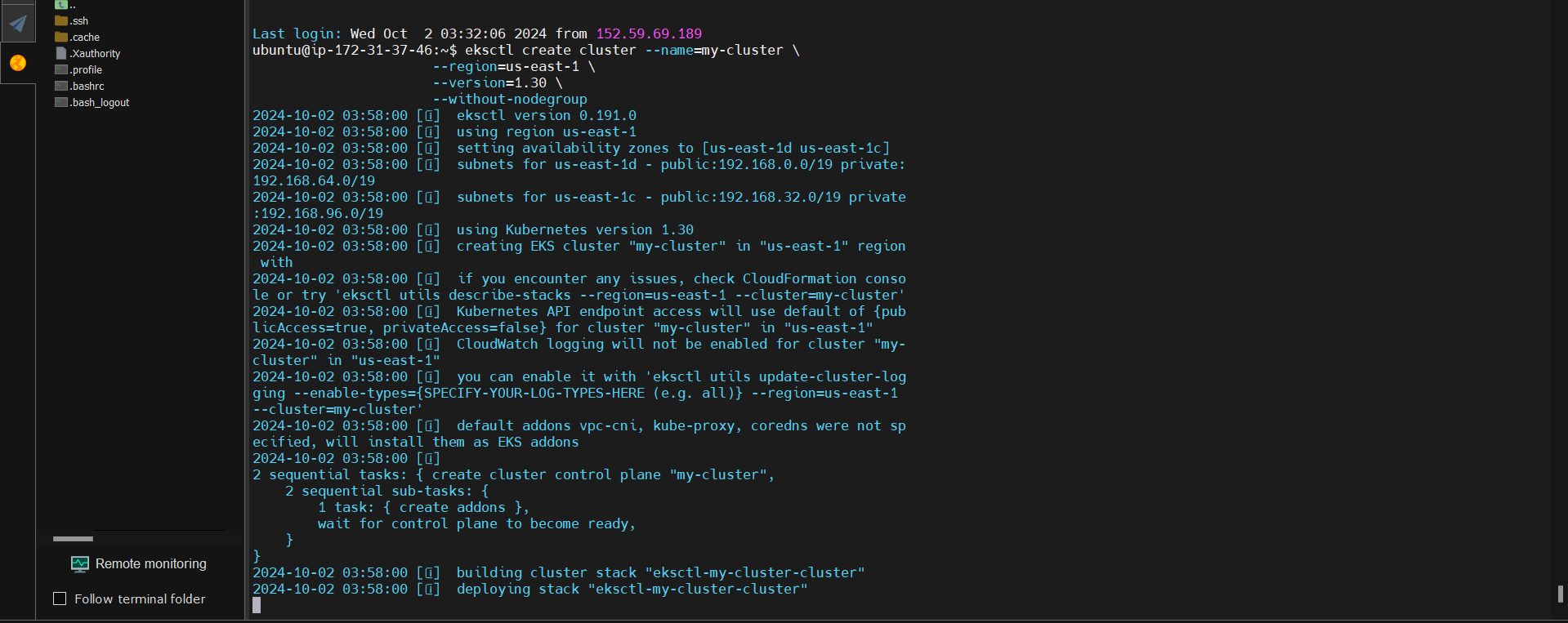

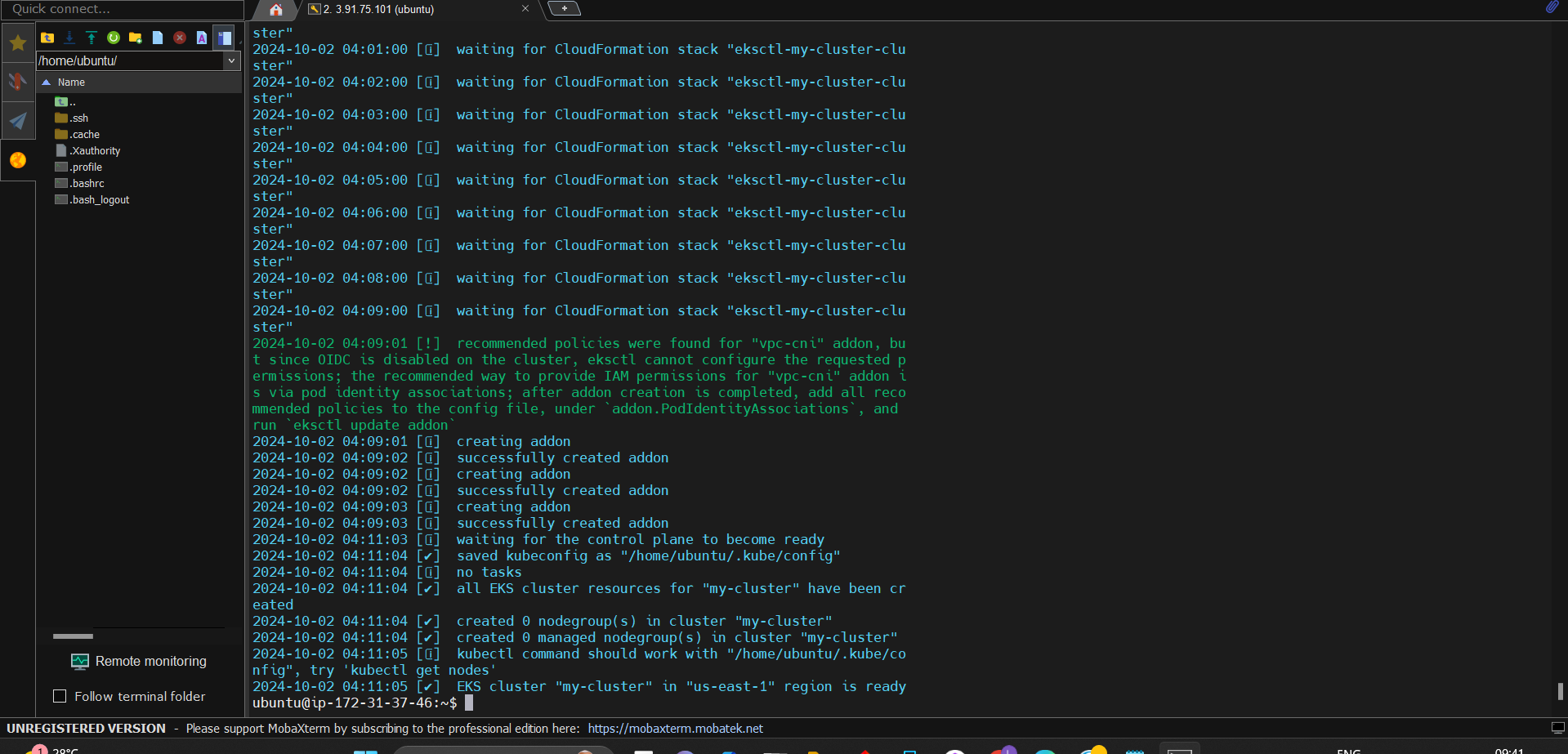
Associate IAM OIDC Provider
eksctl utils associate-iam-oidc-provider \
--region us-east-1 \
--cluster my-cluster \
--approve

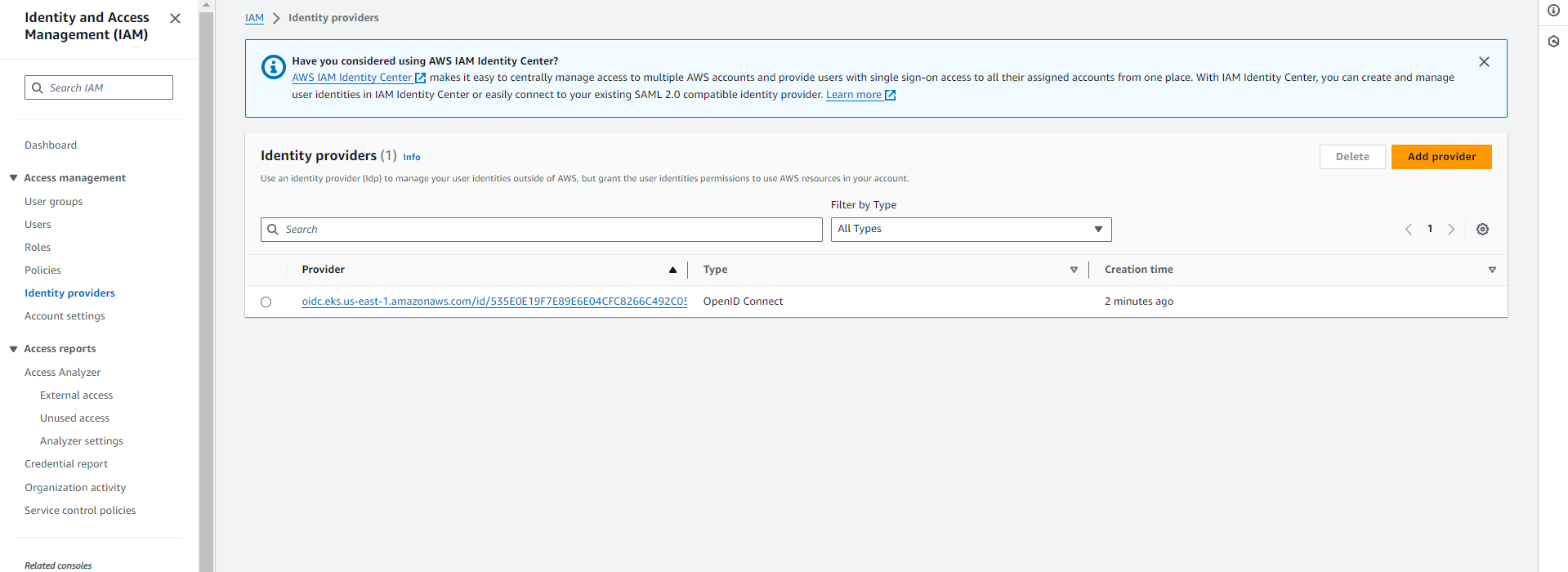
Create Nodegroup
eksctl create nodegroup --cluster=my-cluster \ --region=us-east-1 \ --name=my-cluster \ --node-type=t2.medium \ --nodes=2 \ --nodes-min=2 \ --nodes-max=2 \ --node-volume-size=29 \ --ssh-access \ --ssh-public-key=phoneNOTE: use key and region as per u created in your account
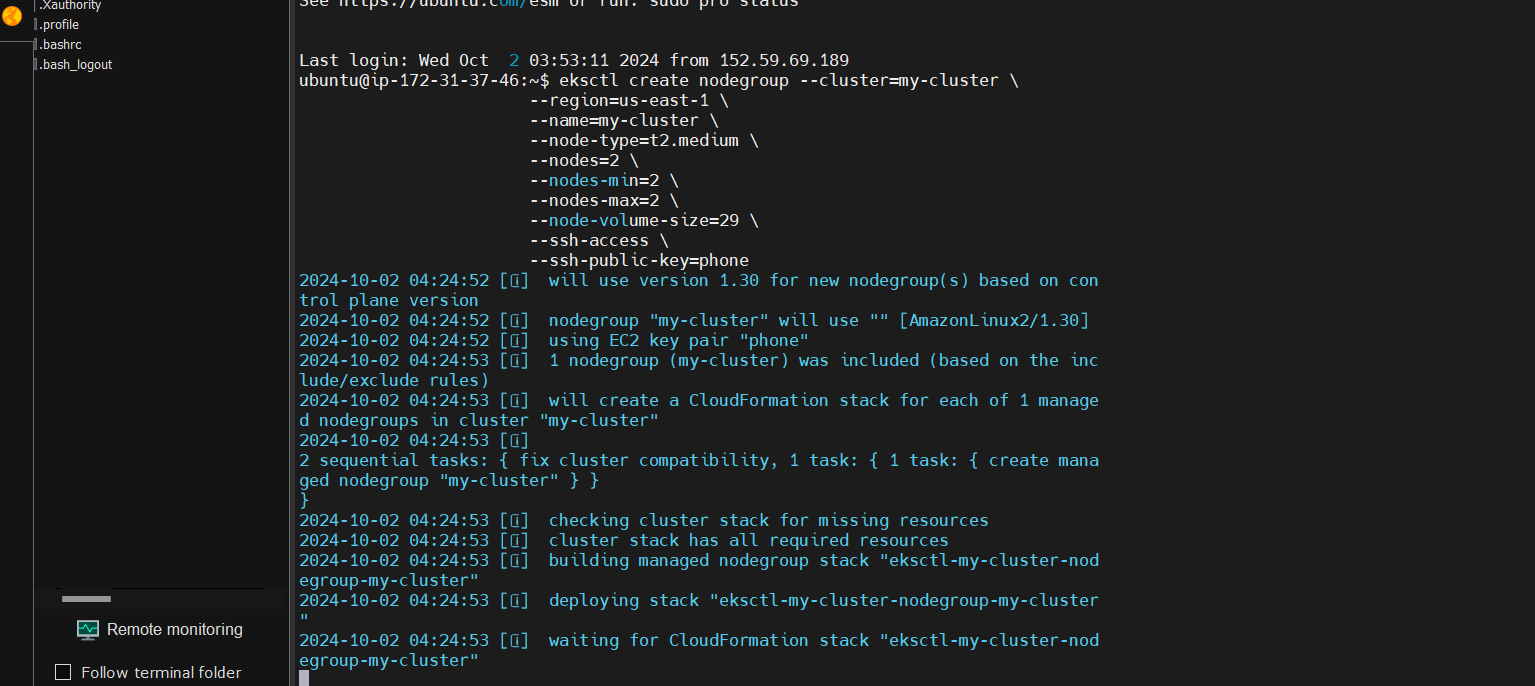
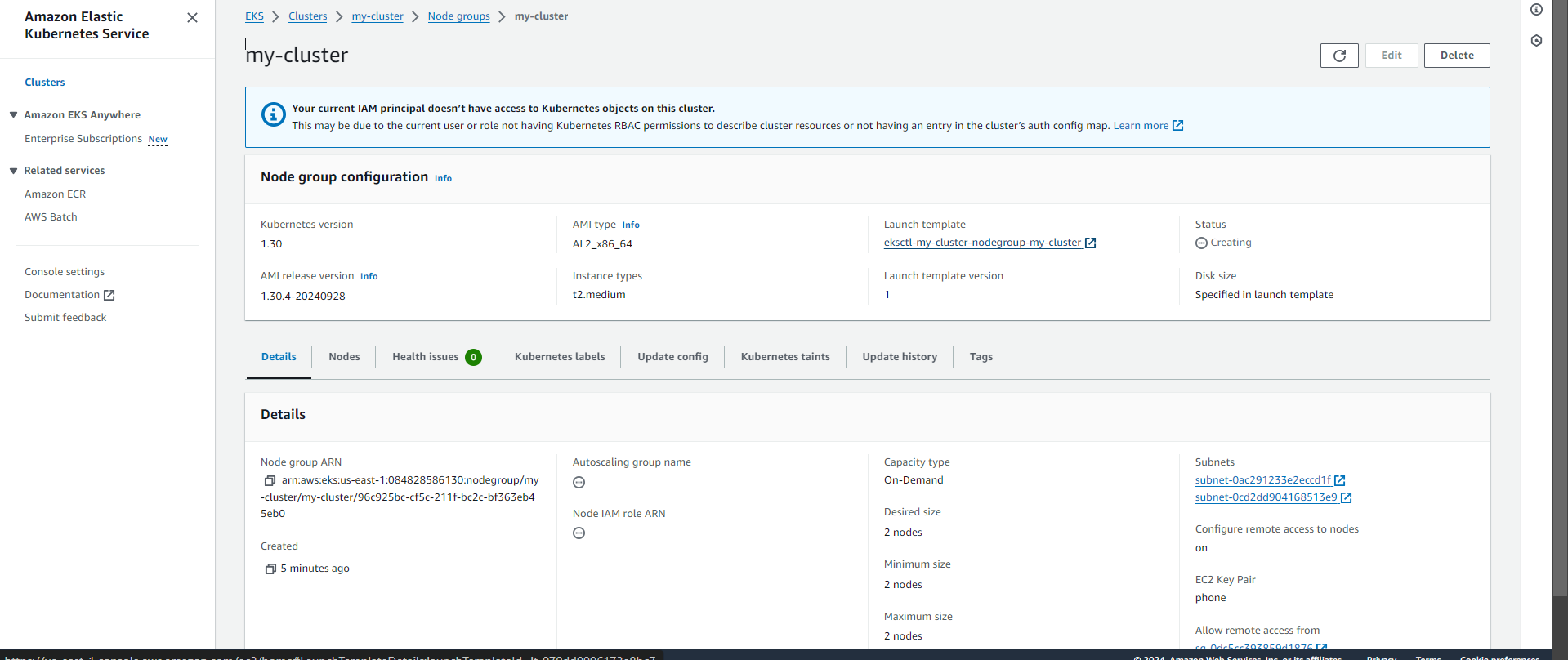
Update Kubectl Context
aws eks update-kubeconfig --region us-east-1 --name my-cluster
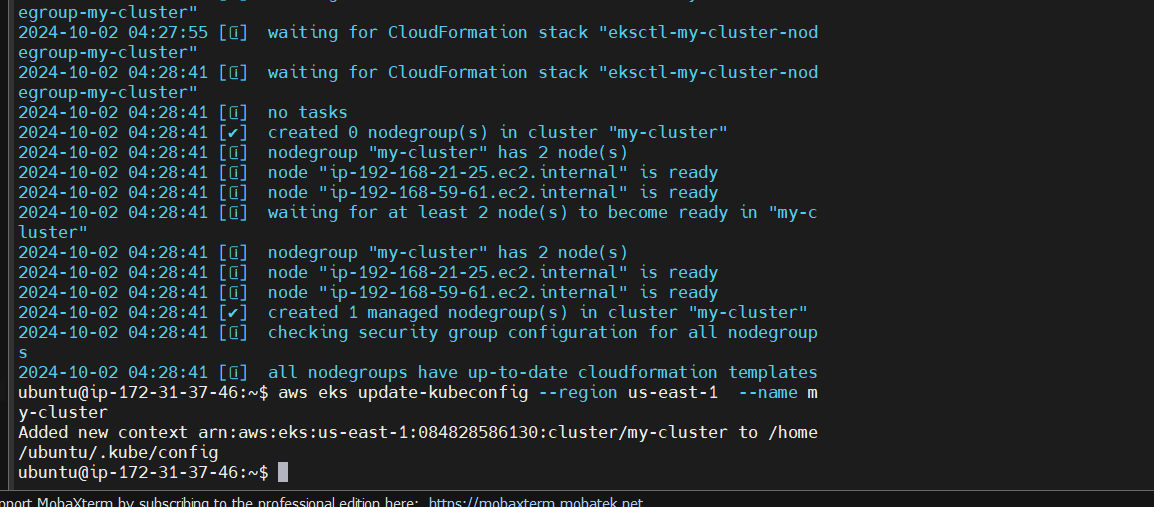



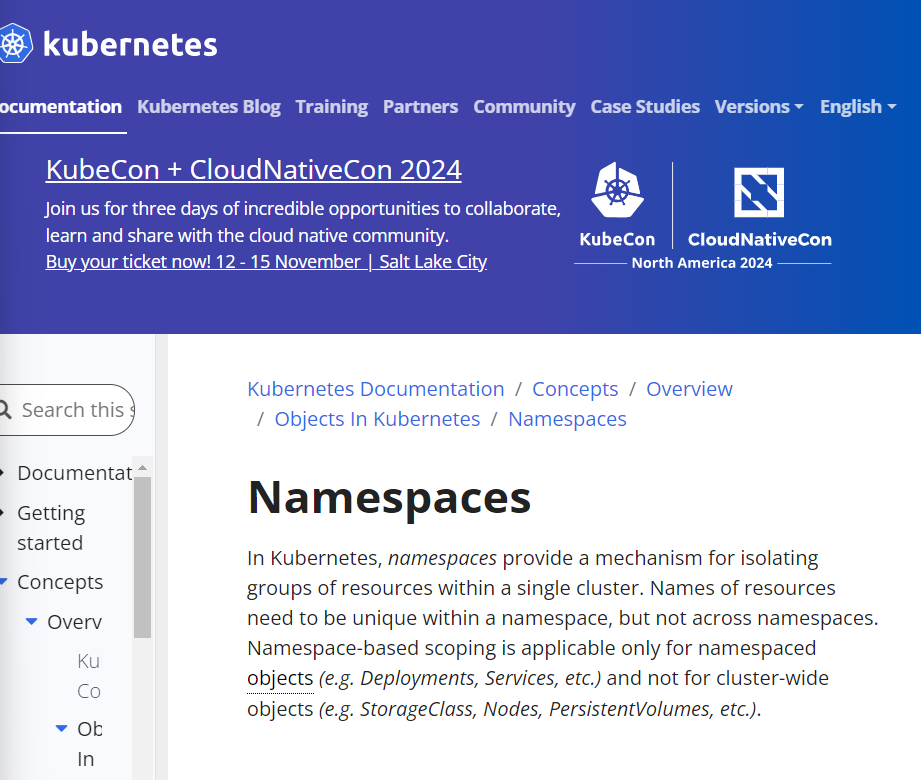
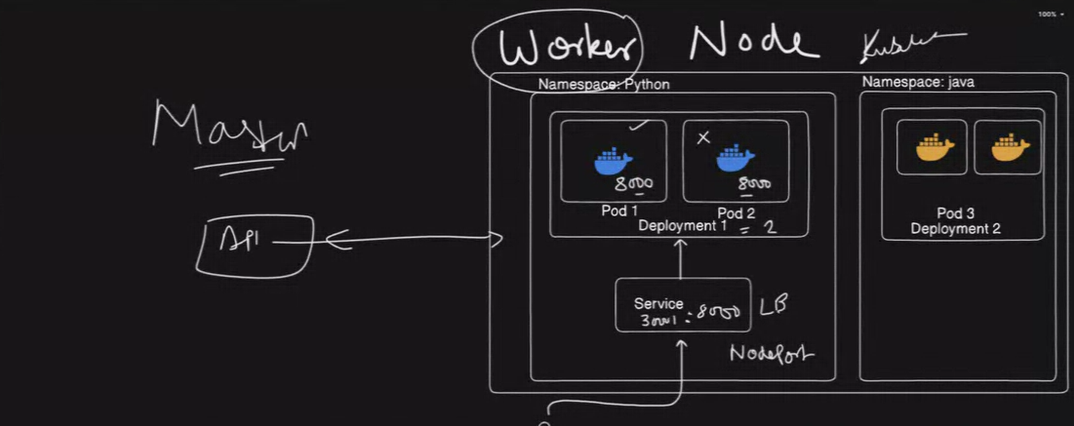
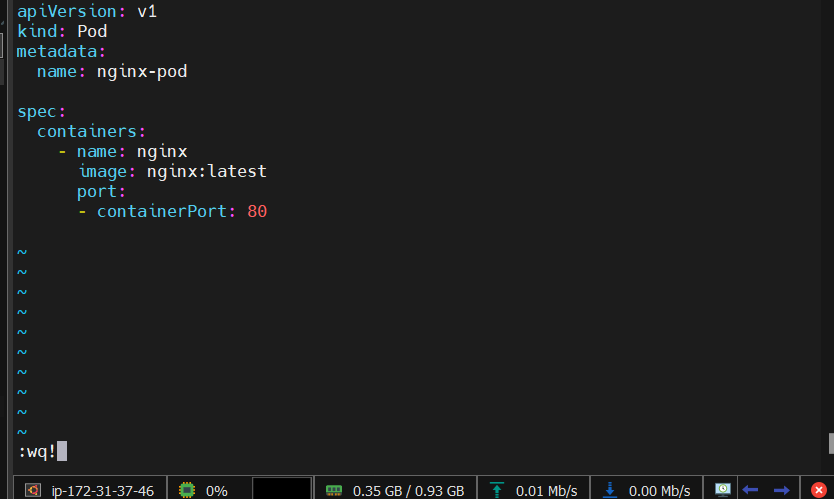
kubectl get pods

kubectl get namespace

Delete

Using manifest file
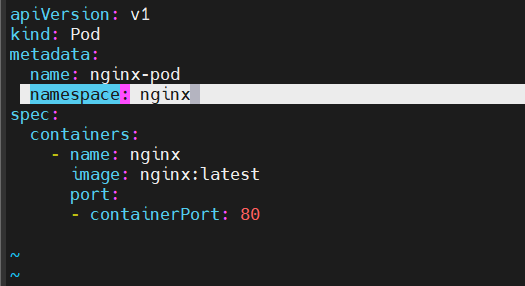
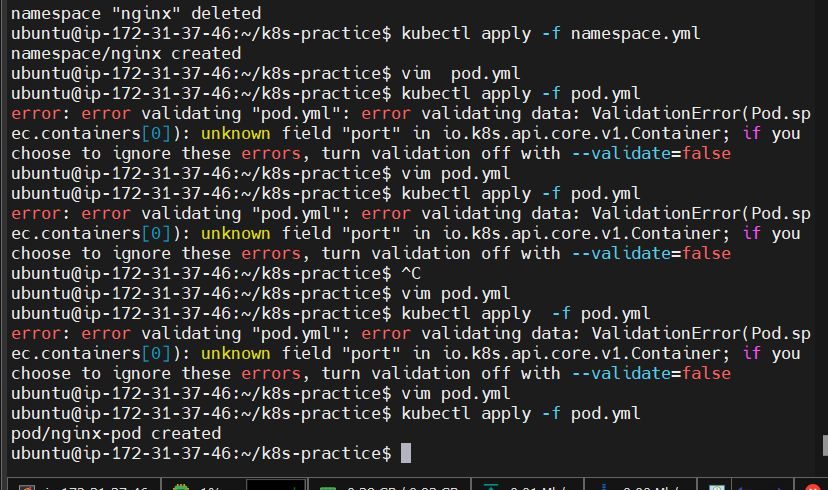
kubectl get pods -n nginx
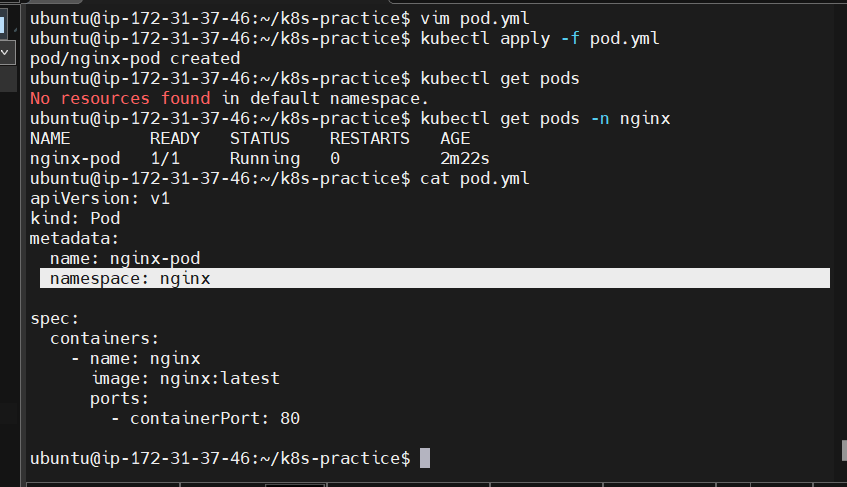
for desired state used DEPLOYMENT - to create new replica set and adopt all their resources with new deployment.
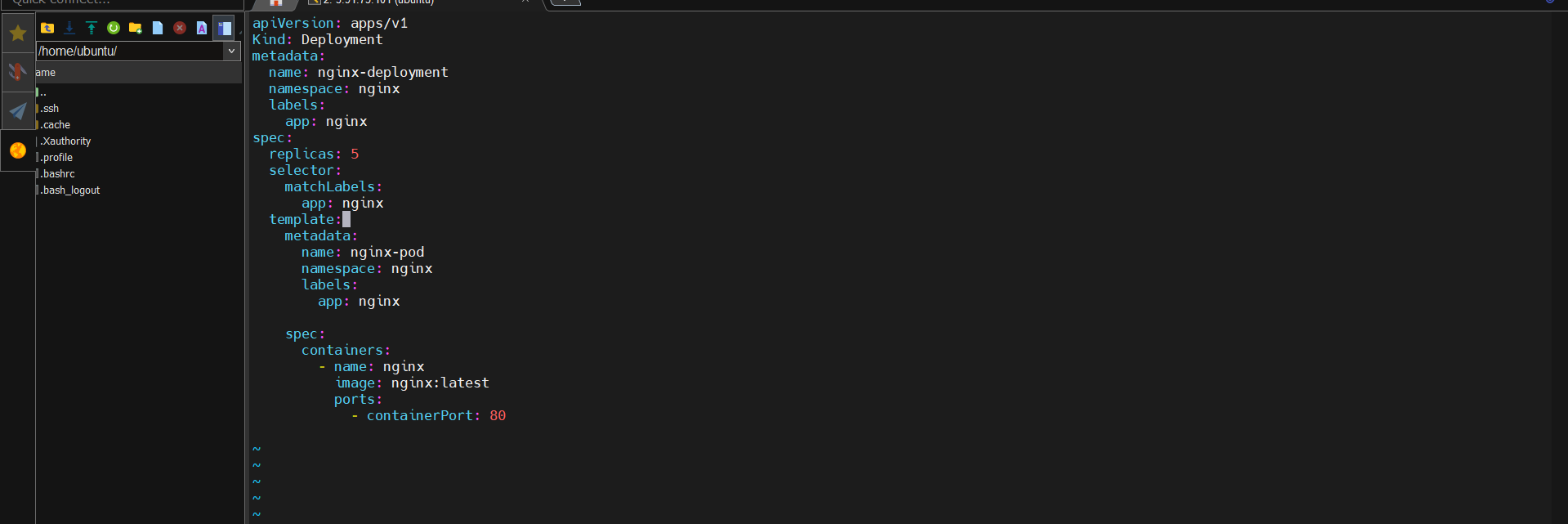
we can also validate this

kubectl get pods -n nginx

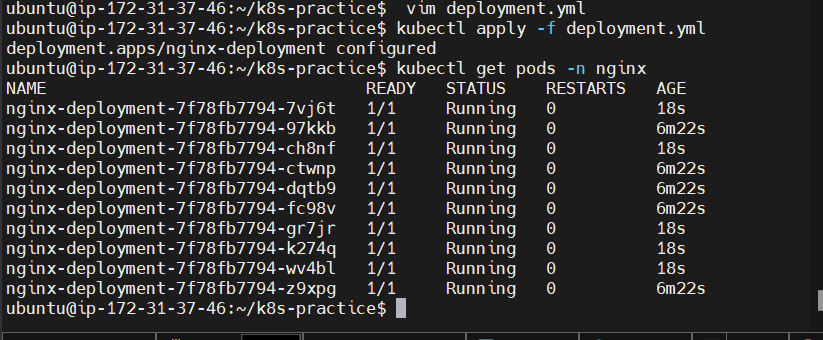
use decribe for full information:
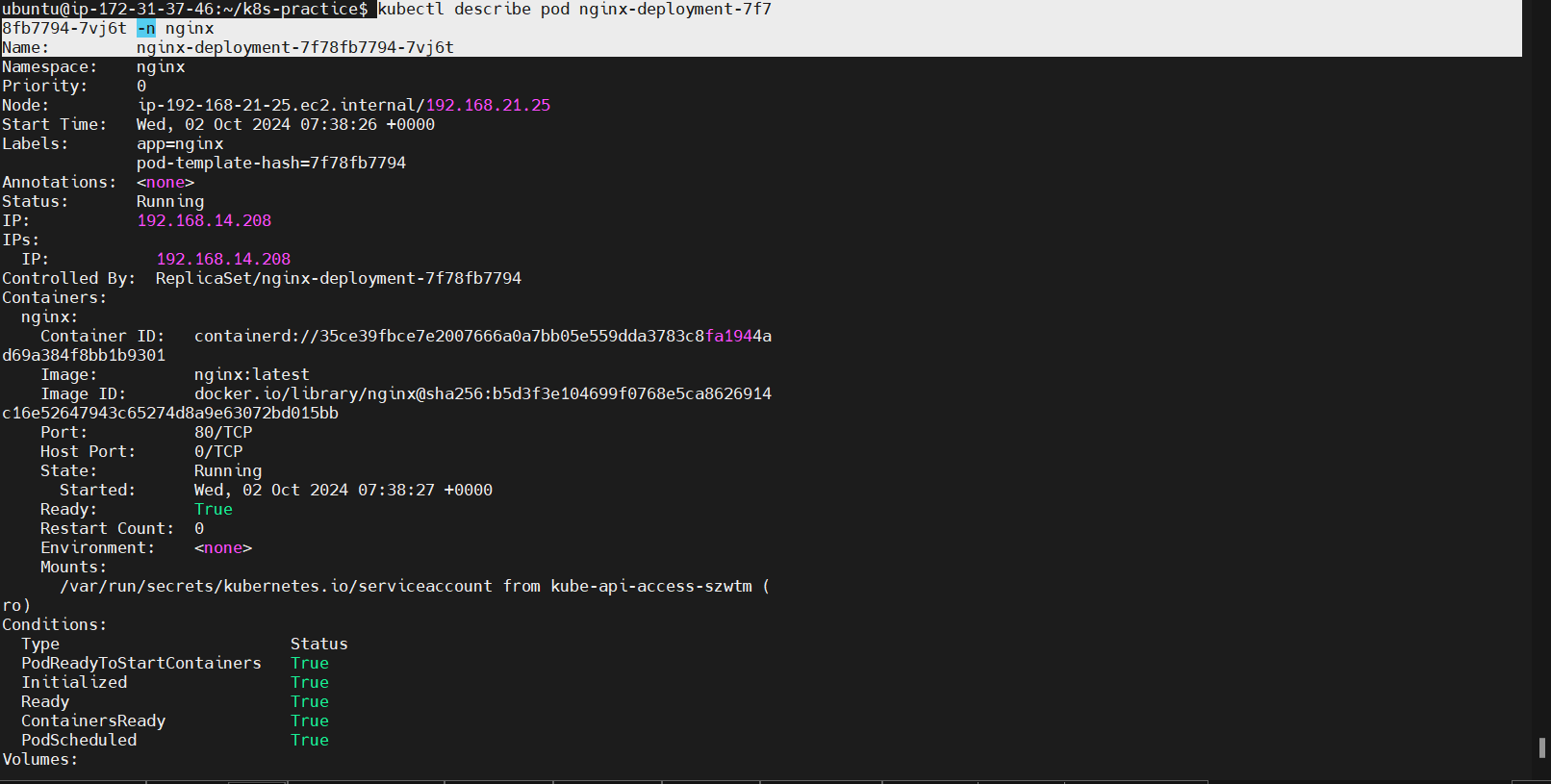
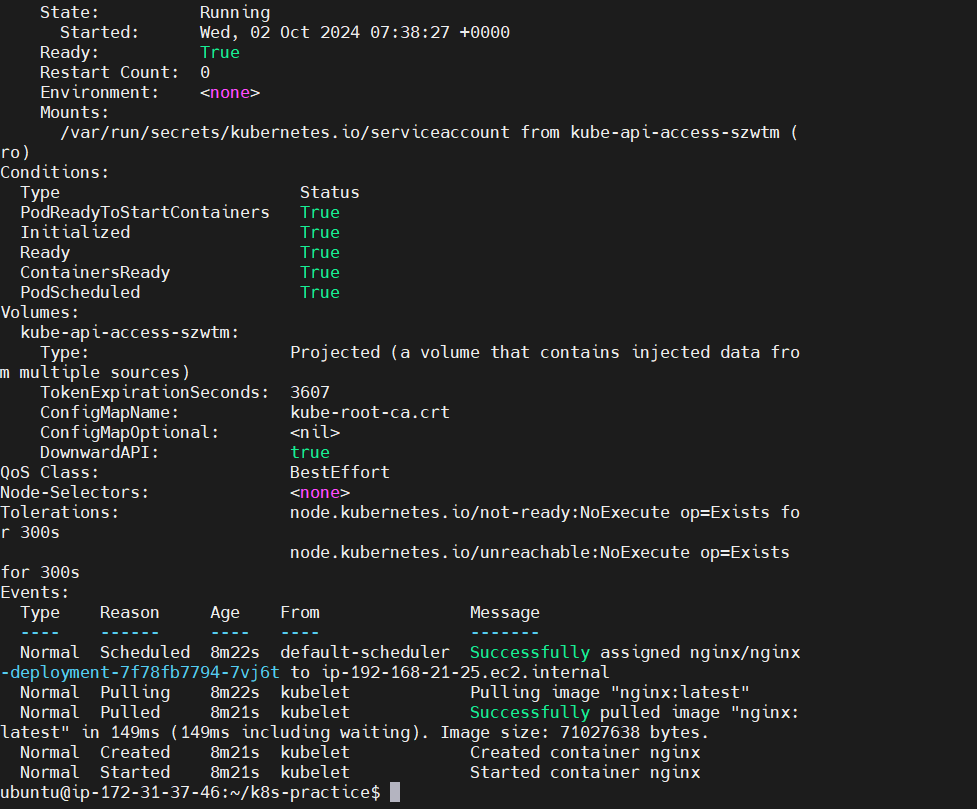
now if i try to acces by this link, i’m not able to access this deployment or nginx because our service port is missing
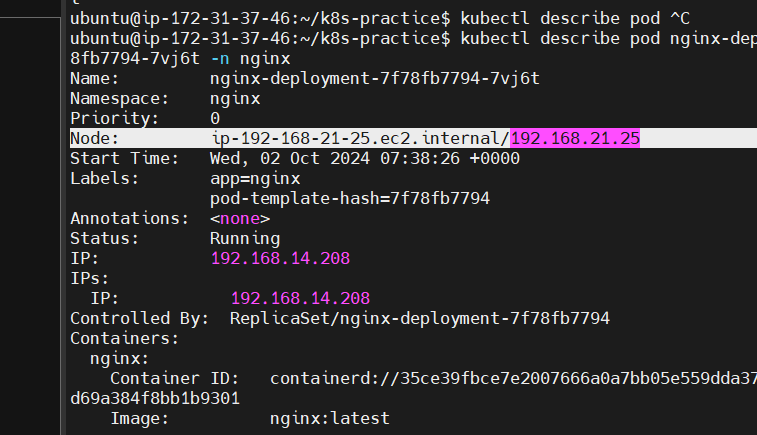
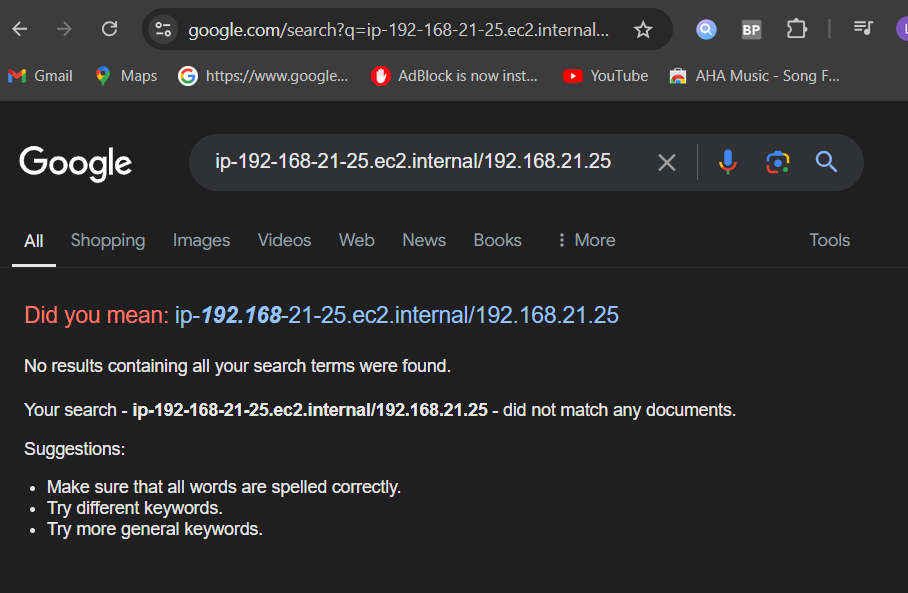
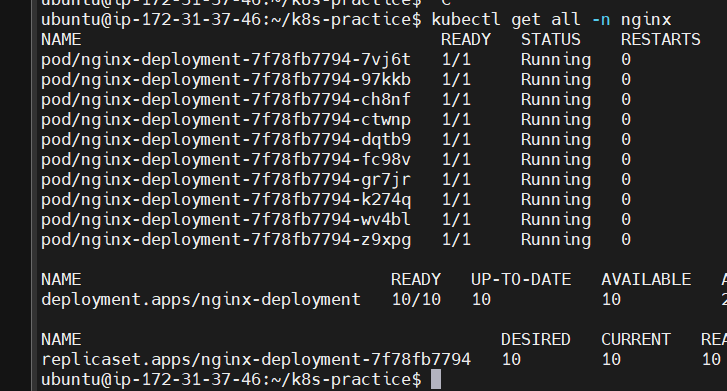
if i change 5 instead of 10
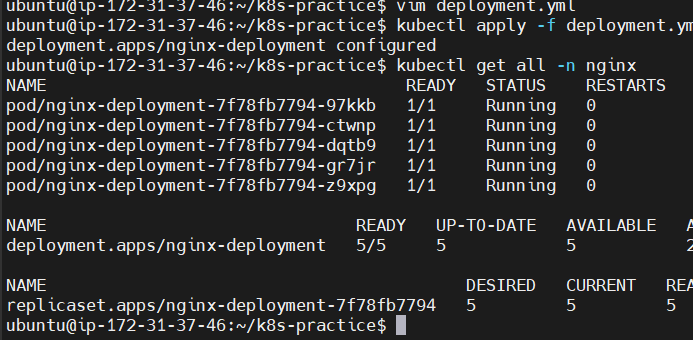
now create service file
vim service.yml
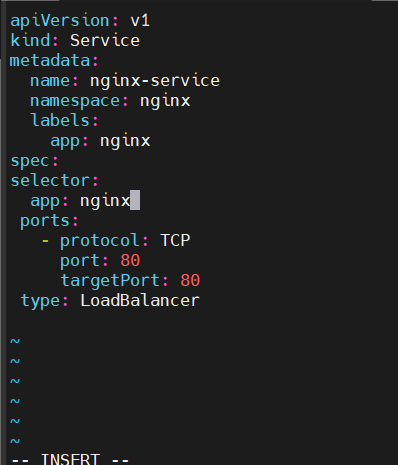


if i try to acces using this , let’s see

if i change in deployment and service file for phontiqe
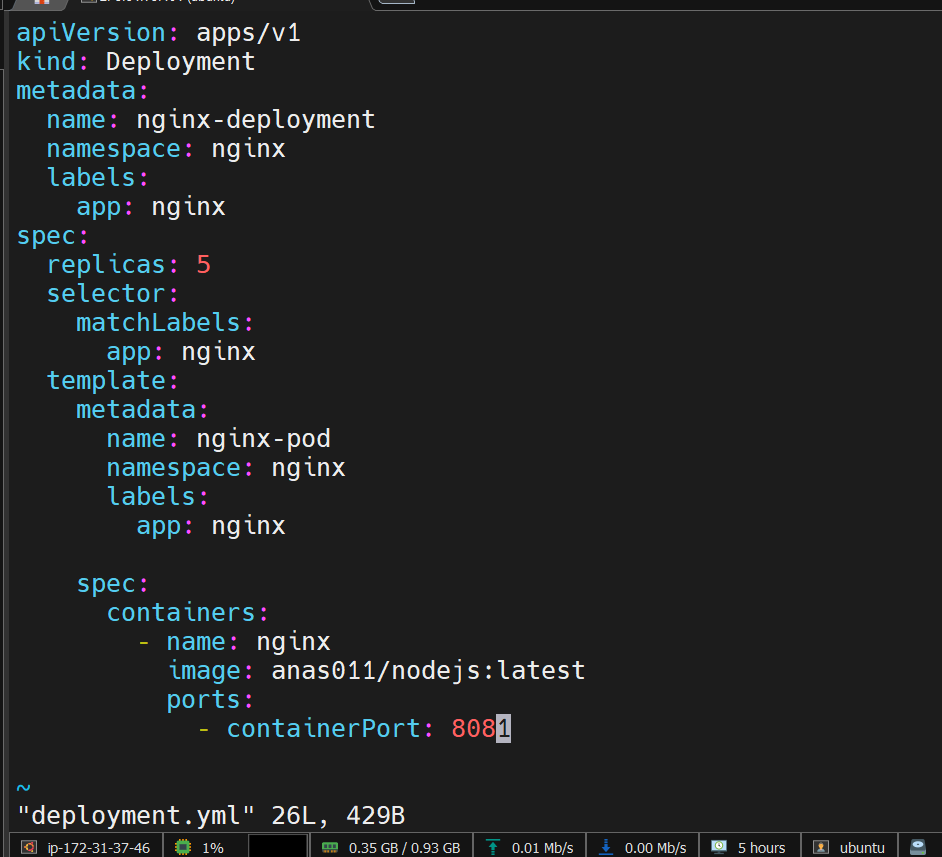
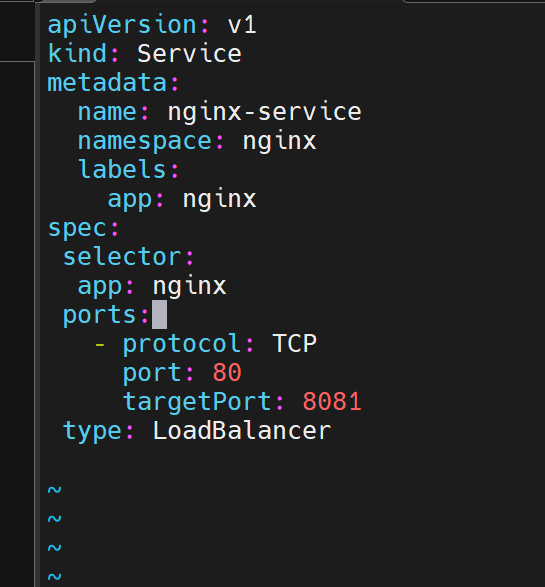


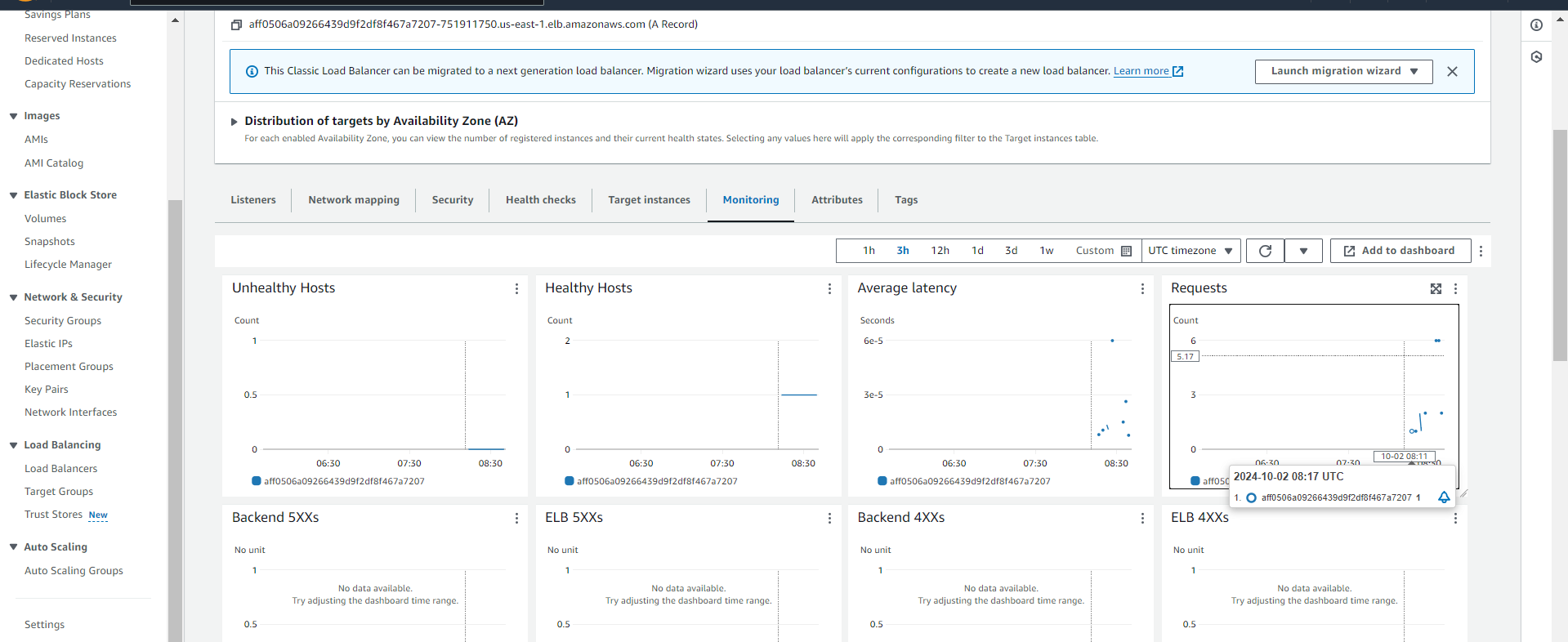
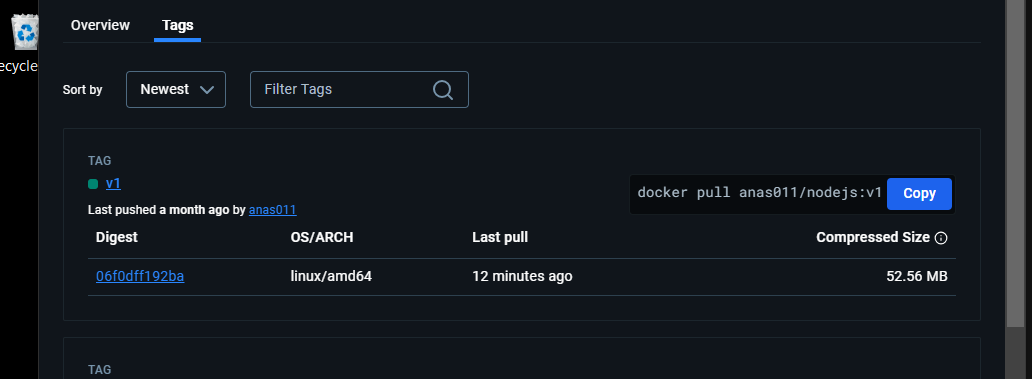
now again change in my manifest file for notes app
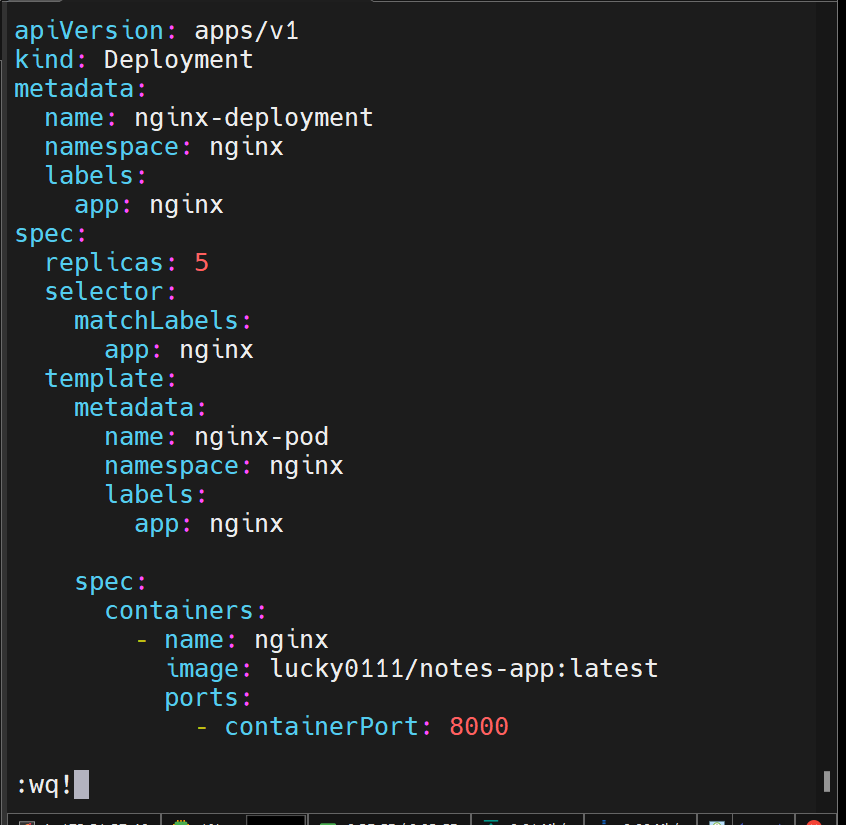
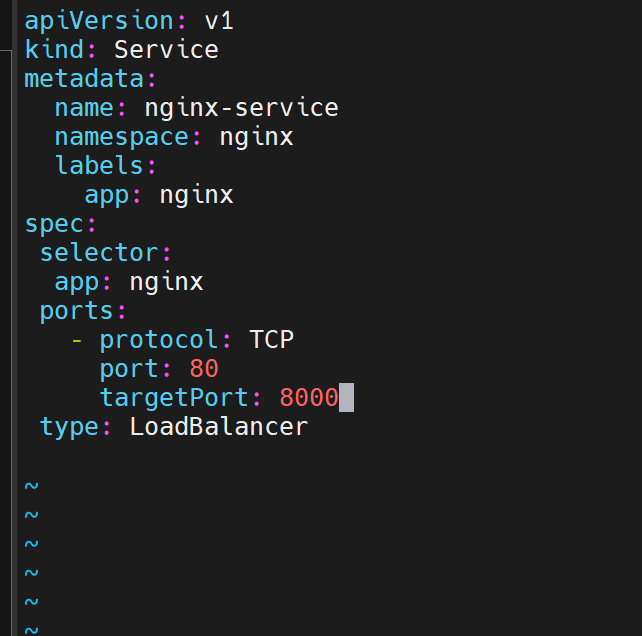
kubectl apply -f deployment.yml
kubectl apply -f service,yml
kubectl get service -n nginx
access using link
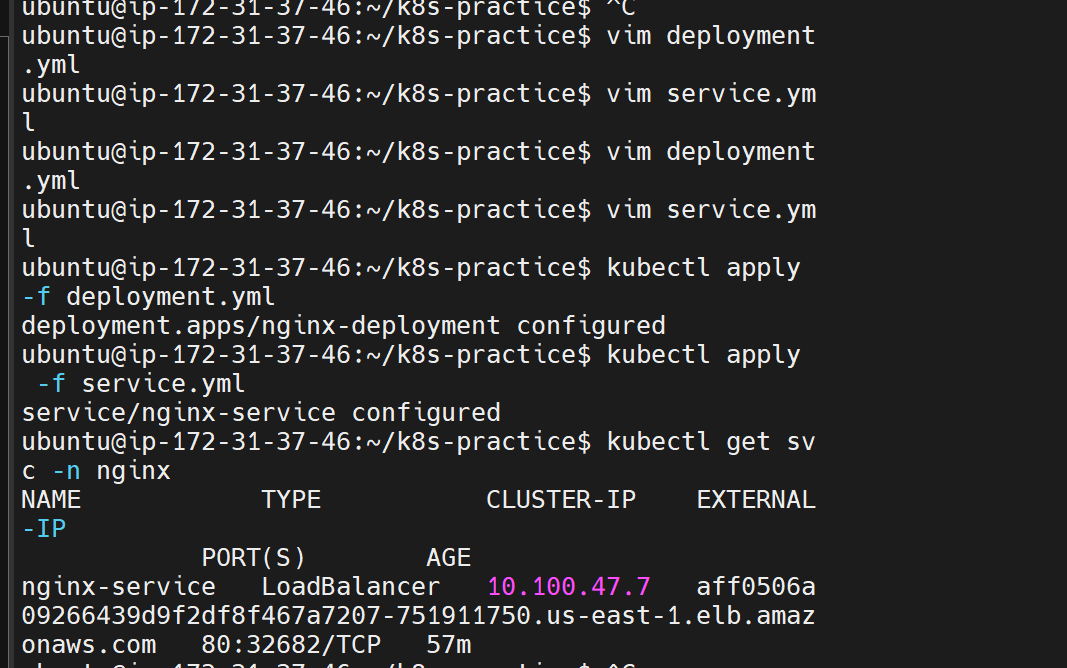
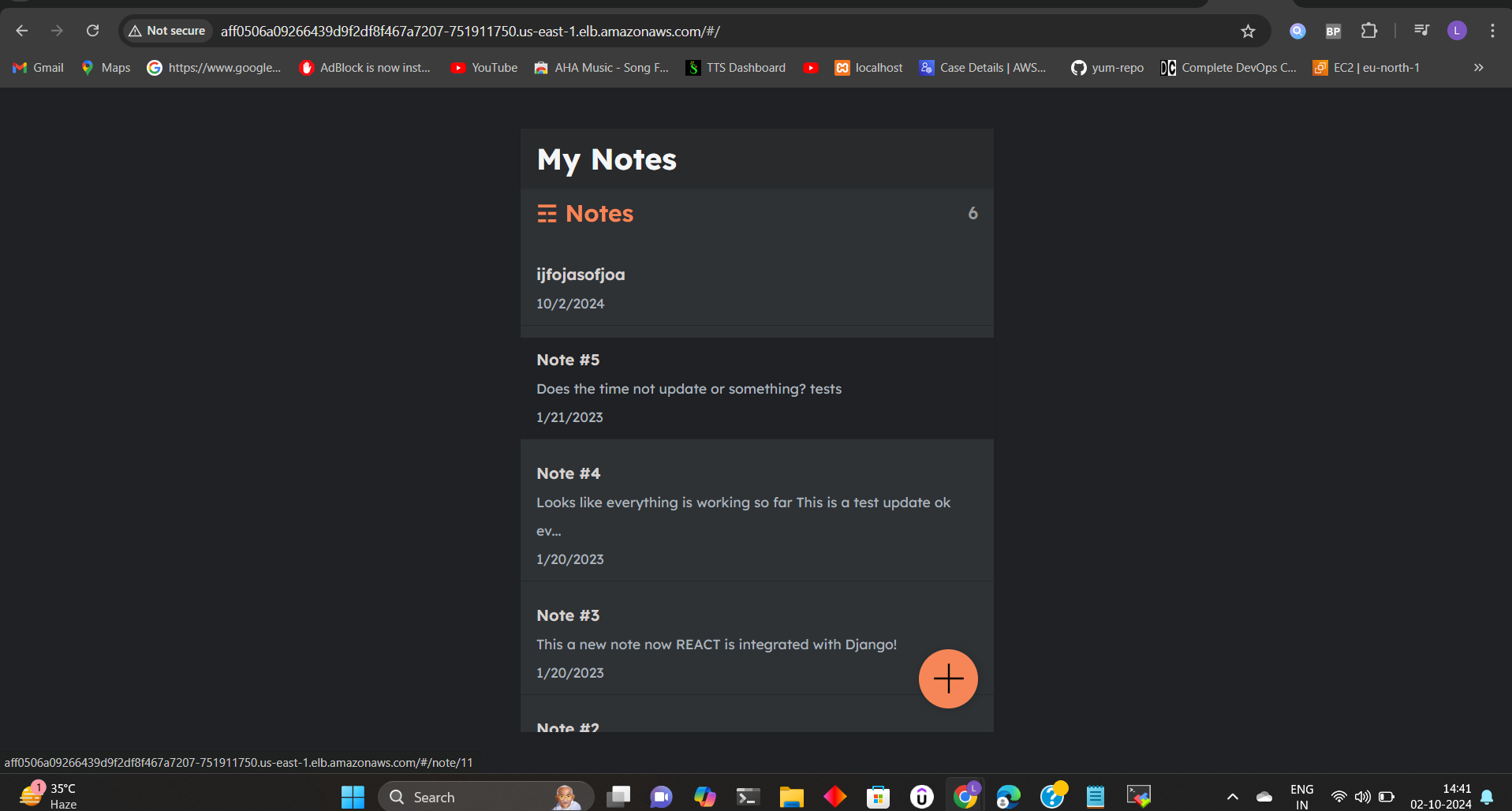
to delete

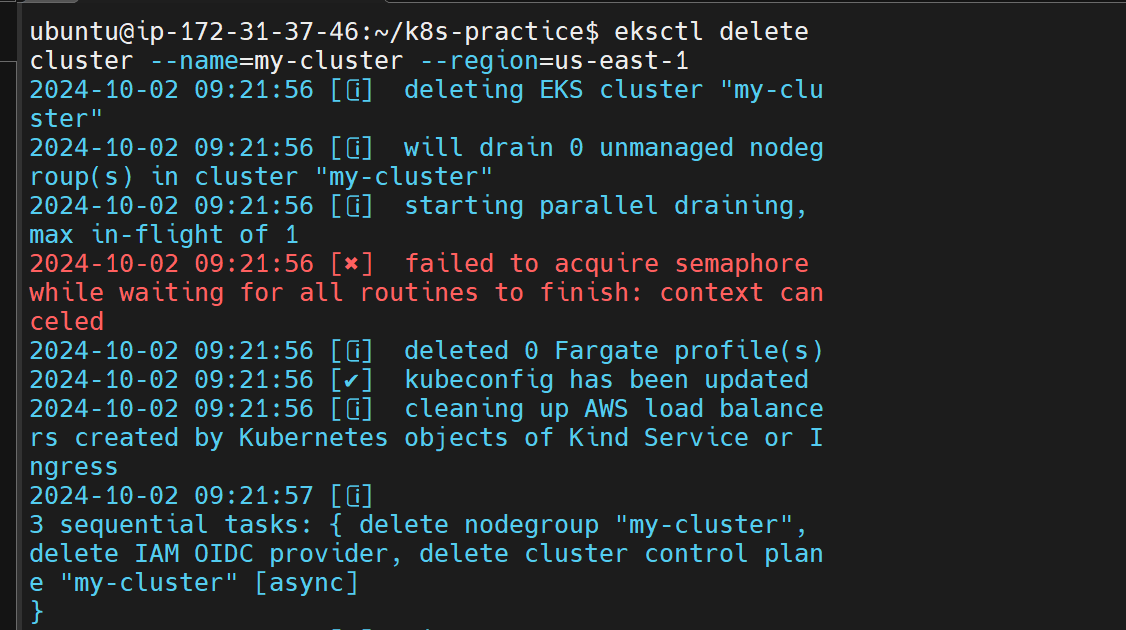
TO delete EKS cluster
eksctl delete cluster --name=my-cluster --region=us-east-1
Conclusion
In this blog , we've covered the basics of AWS EKS, its features, and benefits. We've also walked through the steps to create an EKS cluster, including creating an IAM user, installing kubectl and eksctl, and configuring the cluster. Additionally, we've demonstrated how to deploy a simple application using a manifest file and access it using a service. Finally, we've shown how to delete the EKS cluster when it's no longer needed.
If you found this tutorial helpful, please follow me for more AWS, cloud, and DevOps content.
Subscribe to my newsletter
Read articles from Anas directly inside your inbox. Subscribe to the newsletter, and don't miss out.
Written by
